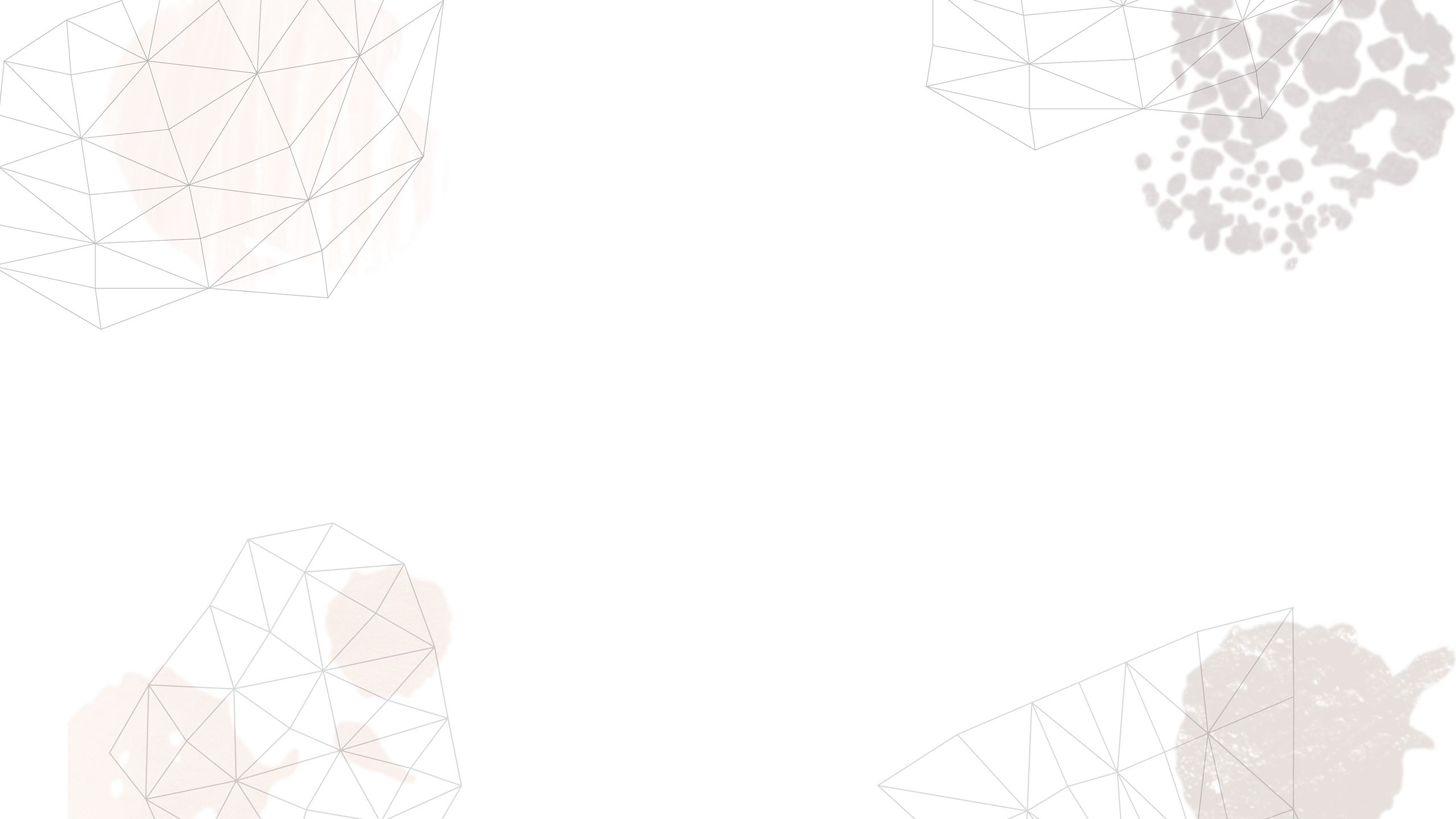I’m Still Me
Chris’ story

About Chris
Portrait of Chris by Sarah Morley (oil on canvas) 76 x 102 cm
Portrait of Chris by Sarah Morley (oil on canvas) 76 x 102 cm
Chris has worn facial prostheses for many years and was invited to take part in IMPRESSeD to compare the two ways of making facial prostheses. After the research study, Chris joined the I’m Still Me public engagement project.
Chris said he’s “not much of an art gallery person” and it felt strange that artists wanted to paint him. However, he believed it would be a good opportunity to share his story and people who visited the exhibition would better understand what he’s been through.
Chris also explained he was keen to help other people get through similar situations - and raising awareness of head and neck cancer was a good thing.
Chris’ diagnosis

I was 53 when I noticed the lump on my face. At first, I thought it was an insect bite, but it started growing, so I went to the doctor and they sent me to a specialist. I wasn’t diagnosed until three months later.
I saw so many doctors and surgeons during my treatment. In the end, I thought, “Just get on with the operation, get the eyeball out and get it done”.
My cancer operation took 18 hours initially and then a further six hours as the flap (the tissue used to reconstruct the area) didn’t work. I shouldn’t need any more surgery unless the cancer comes back. It’s been seven years now which is a good sign, but you never know what’s going to happen to you in life.
Chris’ prosthesis

After my surgery, I had to wait for my swelling to go down before I could have my prosthesis made. In the interim, I was given a basic patch with an elastic band - I didn’t like that as people noticed it.
No one came up to me directly to ask, “What have you done with your face?” I don’t usually get that vibe from people. But if they do ask then I don’t tend to respond because I think “It’s my face - what’s it got to do with you?” When I got the first prosthesis, I had no option but to wear it.
You can’t hide away, and you can’t go around with a big hole in your face, or you’d scare people. The prostheses match at first but over time they lose their colour and need remaking.
I think children notice the most. They say, “Why is that bloke not blinking that eye?” and silly things. It doesn’t matter to me because it’s me who’s wearing it and has to live with it.
“I had no option but to wear it. You can’t hide away.”
Without my prosthesis what could you put in its place? Even with an eye patch people look at you. I don’t wear my prosthesis at home. If I go in the garden, I might put something on but otherwise I enjoy taking it off and I don’t wear it 24-7.
I’ve experienced lots of problems following my cancer treatment, but I just get on with them. My mouth is very restricted which impacts eating, drinking and cleaning. My bottom teeth have snapped off and my jaw seizes up.
It’s frustrating when I go to the supermarket - I dream about what I could eat. I’d like to go for a curry but I can’t eat anything unless I blend it. I also get a lot of pain at my nerve endings and a lot of tightness at my neck. I’ve just had to get used to how it feels.
Portrait of Chris At Work by Sarah Morley (oil on canvas) 76 x 102 cm
Portrait of Chris At Work by Sarah Morley (oil on canvas) 76 x 102 cm
I took part in IMPRESSeD and I had two prostheses made, one digitally and the other with traditional methods. I preferred the digital scanning as there is no contact with the skin.
I found the traditional mould can pull your skin and that can be unpleasant. The new prostheses looked good and had a good colour match but they fitted very closely - it felt like they got sucked in and impacted my speech.
I like having a gap along the edge of my prosthesis like my old one. We’ve now modified it by drilling little holes in it. You can’t see the holes because they’re covered by my glasses, but it makes it more pleasant to wear.
Sometimes I wear my old prosthesis. It’s changed colour but feels comfortable, though that’s when I tend to get comments. You just take things as they come.
“It’s my face - what’s it got to do with you?”
I felt a bit lonely after my surgery. My family didn’t engage with me and I live alone. I didn’t want to call on anybody for help. I was a joiner for 40 years and I like working.
It was a case of, “Pull yourself back together, get back to work.” After surgery one of my supervisors didn’t want me to come back as he thought I’d be too much hassle. I just thought, “Who are you to say that? I’m coming back. I don’t want to just be sat at home”.
Getting back to work was an important part of my rehabilitation. Sometimes if I want to see the funny side, I can joke about it. My colleagues don’t even think about it because they know I’ve had cancer and we carry on as normal.
I don’t know about being positive, but you’ve got to get on with things. There is light at the end of the tunnel. Just enjoy life after a prosthesis if you can.
About Chris’ artwork

Portrait of Chris
By Sarah Morley (oil on canvas) 76 x 102 cm
Sarah met Chris during a teleconference meeting. Before starting Chris’ portraits, Sarah reflected on his patient story and was moved by his descriptions of the long-term impact of his treatment for head and neck cancer.
Sarah decided to paint a large portrait of Chris so that the after-effects of surgery could be easily seen and reflected on by the viewers. Viewers will be able to consider Chris’ extensive orbital prosthesis and the tightening of the skin around his mouth and neck.
Sarah also sensed a vulnerability within Chris when looking at him without his glasses and noted his bright blue eyes that dominate his face. Sarah wanted to portray this aspect of him within this first portrait, Portrait of Chris.
Portrait of Chris At Work
By Sarah Morley (oil on canvas) 76 x 102 cm
The Portrait of Chris At Work depicts Chris in his work uniform. It was made to convey his great tenacity in returning to his job role during treatment and rehabilitation from head and neck cancer, and to celebrate his determination and pride in his work.
This portrait was an interesting challenge for Sarah. Chris’ work clothes were an important aspect, but his bright hi-vis jacket could easily detract from the rest of the portrait. To achieve a balance, Sarah extended the portrait a little further down his body and included his hands. The hands themselves also tell us something about Chris; they are the large hands of a capable manual worker.
Sarah had to improvise the background as the photographs were taken in a clinical chair against a brightly lit white background. The chair was changed to a simple upright wooden one and a brown and grey background was added to give the effect of his work environment.
Tell us what you think
We would value your views on the I’m Still Me project.
Please take a few moments to complete our feedback form.



